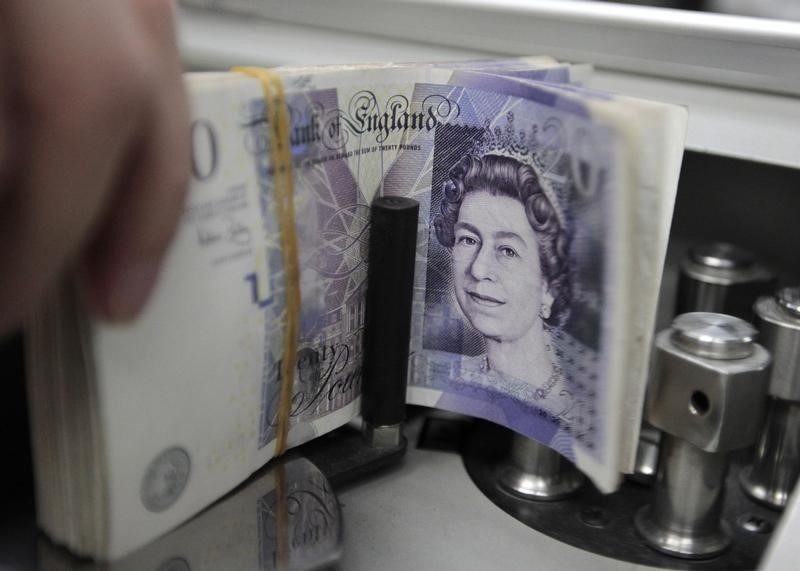Investing.com - The pound edged lower against the U.S. dollar on Monday but the greenback remained under pressure after Friday’s strong U.S. jobs report did little to alter the view that the Federal Reserve will stick to a cautious approach on rate hikes.
GBP/USD touched lows of 1.4201 and was last at 1.4198, off 0.18% for the day.
The U.S. dollar index, which measures the greenback’s strength against a trade-weighted basket of six major currencies, was up 0.18% at 94.75, holding above last Thursday’s five-and-a-half month lows of 94.31.
The index ended the previous week down 1.65% after Fed Chair Janet Yellen said global risks to the U.S. economy justified taking a cautious approach to raising interest rates.
The dollar found some support after Friday’s nonfarm payrolls report showed that the U.S. economy added a larger-than-expected 215,000 jobs last month.
Average hourly earnings rose by seven cents last month after falling two cents in February.
The upbeat data indicated that the recovery in the U.S. economy is still on track, but despite the steady pace of jobs growth few investors expect the Fed to hike rates more quickly.
Lower interest rates make the dollar less attractive to yield seeking investors.
Investors were turning their attention to Wednesday’s minutes of the Fed’s March meeting for fresh indications on the future path of interest rates.
In the U.K., data on Monday showed that construction sector activity remained steady in March.
The Markit U.K. construction purchasing managers index came in at 54.2 last month, matching February’s 10 month low but above expectations of a dip to 54.0.
Residential activity fell to its lowest level in three years, offsetting the rebound in commercial property and civil engineering work.
Sterling remained under pressure as uncertainty over Britain’s future in the European Union continued to weigh ahead of a June 23 referendum.
The pound was little changed against the euro, with EUR/GBP at 0.8007.
In the euro zone, data on Monday showed that the unemployment rate fell to the lowest level in more than four years in February.
The euro zone’s unemployment rate fell to 10.3% from an upwardly revised 10.4% in January. It was the lowest rate recorded in the euro area since August 2011.
